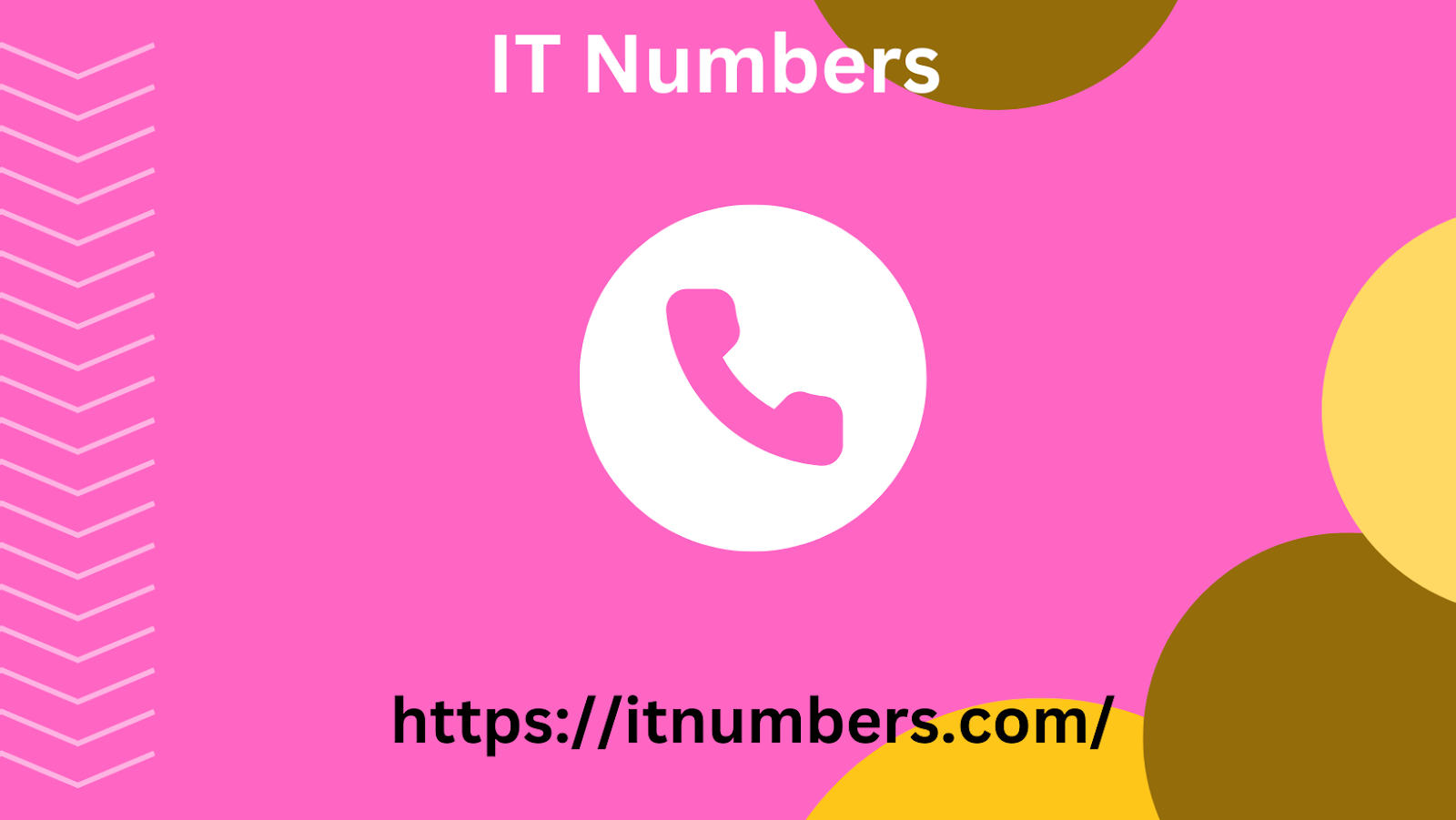|
|
sed plenty of white space to make it attractive, and ask for the bare minimum of information, you could still risk losing them before they cross the line and convert. Why not make it even more obvious where they should enter their information by using visual directional cues to help them along? You Can NEVER Make It Too Obvious Check out this landing page form for a free gift card for Chipotle. Landing page forms directional cues Chipotle is taking no chances with this web form. Not only is there a large, helpful arrow pointing to where hungry visitors should claim their free gift card, but they’ve also included simple yes/no checkboxes and a drop-down menu in the form itself.
All the user has to enter manually is their email address. Of course, this is just the first step users have IT Numbers to complete, as shown by the 1-2-3 graphic at the bottom of the page, but as an example of how to get users to complete a web form, it works pretty well. Line of Sight Cues Another technique you can use to accomplish this is line-of-sight. Including an image of a person looking at the landing page form you want the user to complete is a more subtle, yet still effective, way of drawing the user’s attention to the form, as this example from dating site Chemistry.com achieves to great effect.

Landing page forms directional line of sight cues However, while the use of a line-of-sight visual cue is very effective in this example, the web form itself is actually rather poor. It asks for a lot of information, as it’s attempting to get users to create a dating profile directly from the landing page. The form itself is pretty cramped (an unfortunate byproduct of the design choices they’ve made with the thought/speech bubble motif they’re using), and the CTA is weak. 6. Design Your Landing Page Forms for Mobile I can’t stress this one enough.
|
|